Gloves are available to protect hands and forearms from cuts, abrasions, burns, cold, puncture wounds, vibration, skin contact with hazardous chemicals and some electrical shocks. The nature of the hazard, the associated risk and the type of operation involved will affect the selection of gloves and it is essential that gloves are chosen that are designed for the specific application. Gloves designed to protect against one hazard may not protect against a different one even though they may appear similar. To support this wide range of applications CEN (The European Standards body) has developed a series of standards.
EN 420: 2003 + A1: 2009
Protective gloves. General requirements and test methods.
EN 388: 2016
Protective gloves against mechanical risks.
EN 374 Parts 1 to 3: 2003
Protective gloves against chemicals and micro-organisms.
EN 407: 2004
Protective gloves against thermal risks (heat and/or fire).
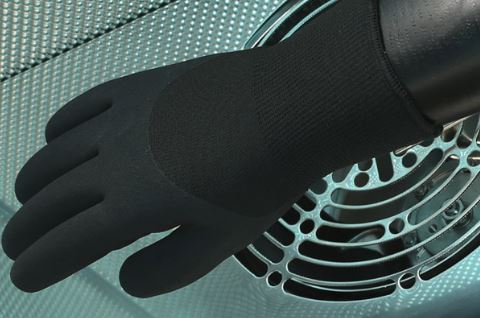
A general standard designed to be used for any glove which is to be designed and sold as providing protection against thermal hazards. The standard includes six thermal tests: burning behavior, contact heat, convective heat, radiant heat, small and large splashes of molten plus reference to EN 388: 2016 and EN 420: 2003 for mechanical and general performance requirements.
Burning Behaviour
The fingers of a glove are exposed to a small gas flame for a specified time (3 and 15s), while the behaviour of the glove is visually observed. Classification is based on the afterflame and afterglow time and whether or not the glove seams open and the glove material melts or drips.
Contact Heat
The thermal insulation of the glove is measured by the rate of temperature rise of a calorimeter on the inside of the glove while the glove outer is placed in contact with a hot probe of defined dimensions and temperature.
Convective Heat
The thermal insulation of the glove is measured by the rate of temperature rise of a calorimeter on the inside of the glove while the glove outer is placed in contact with a controlled gas flame.
Radiant Heat
The thermal insulation of the glove is measured by the rate of temperature rise of a calorimeter on the inside of the glove while the glove outer is exposed to radiant heat of a defined flux density.
Small Molten Metal
The thermal insulation of the glove is measured by the rate of temperature rise of a calorimeter on the inside of the glove while drops of molten metal of specified size impact the glove outer at defined rate.
EN 381 Parts 4 and 7: 1999
Protective clothing for users of hand-held chain saws. Test methods for chainsaw protective gloves.
EN 1082 Parts 1 to 3: 1997 to 2000
Protective clothing. Gloves and arm guards protecting against cuts and stabs by hand knives.
EN 455 Parts 1 to 4: 2000 to 2009
Medical gloves for single use.
EN 12477: 2001 + Amendment No. 1: 2005
Protective gloves for welders.
EN 511: 2006
Protective gloves against cold.
BS 6183-4: 2001 and EN 13546: 2002 + A1: 2007
Protective equipment for Cricket and Hockey.
EN ISO 10819: 2013
Mechanical vibration and shock. Hand-arm vibration. Method for the measurement and evaluation of the vibration transmissibility of gloves at the palm of the hand.
EN 13594: 2015
Protective gloves for professional motorcycle riders. Requirements and test methods.
EN 60903: 2003 + Amendment 15049 and 16512
Live working. Gloves of insulating material.
EN 421: 1994
Protective gloves against ionizing radiation and Radioactive contamination.
EN 659: 2003 + A1: 2008
Protective gloves for firefighters.
BS 6526: 1998 + Amendment No. 13967: 2002
Domestic oven gloves. Requirements and test methods.
BS 7971 Parts 6 and 7: 2003
Protective clothing and equipment for use in violent situations and in training.






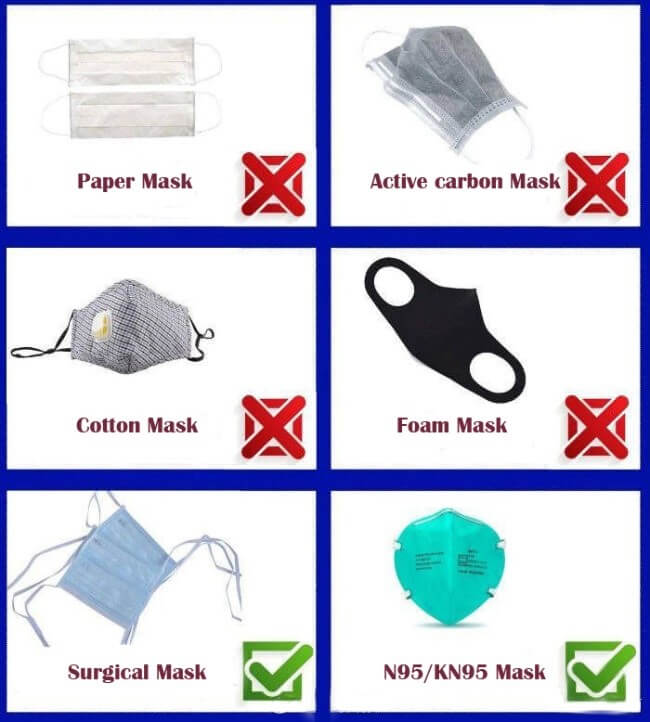
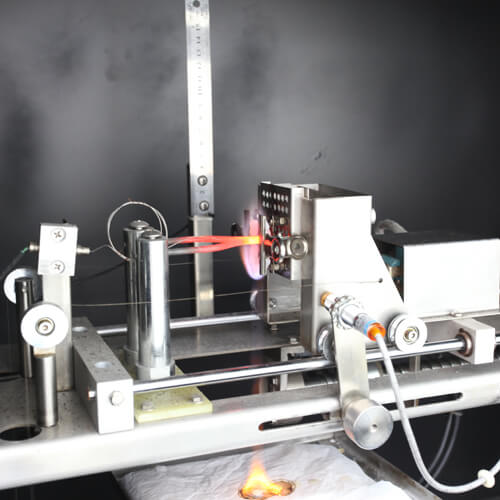
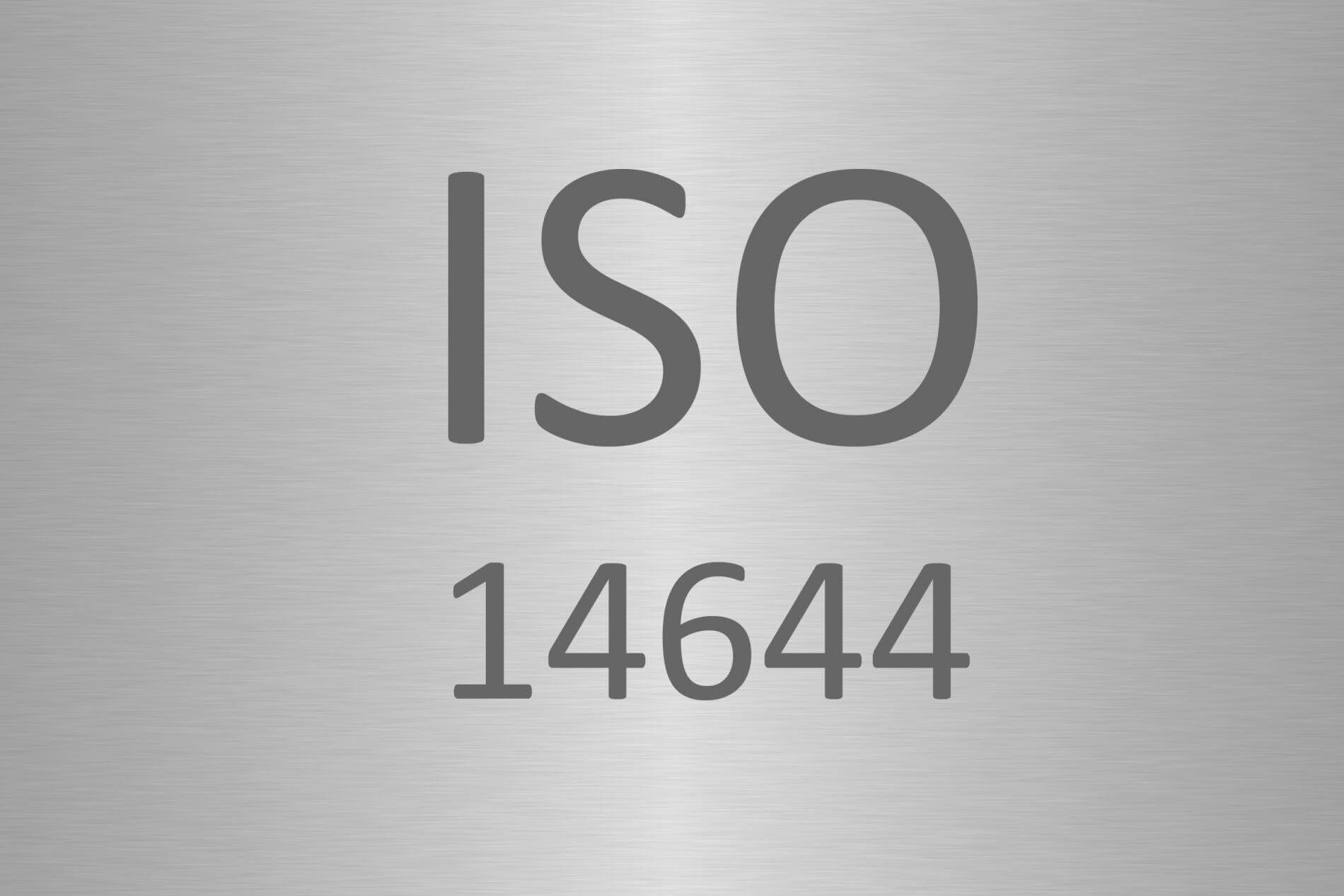
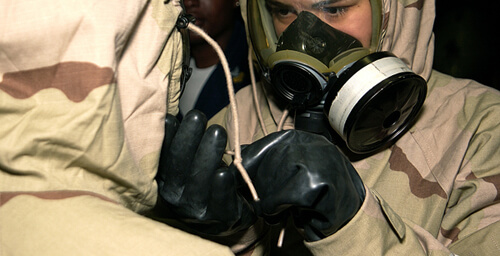
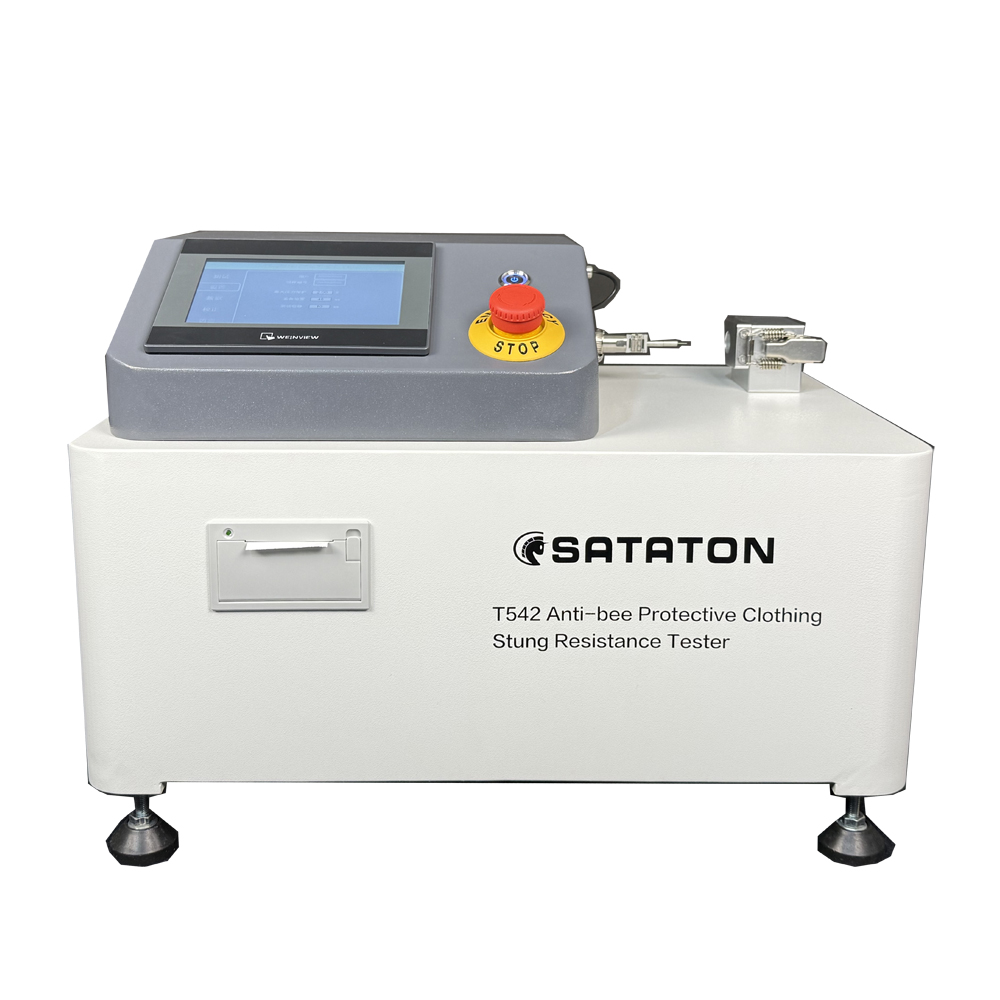
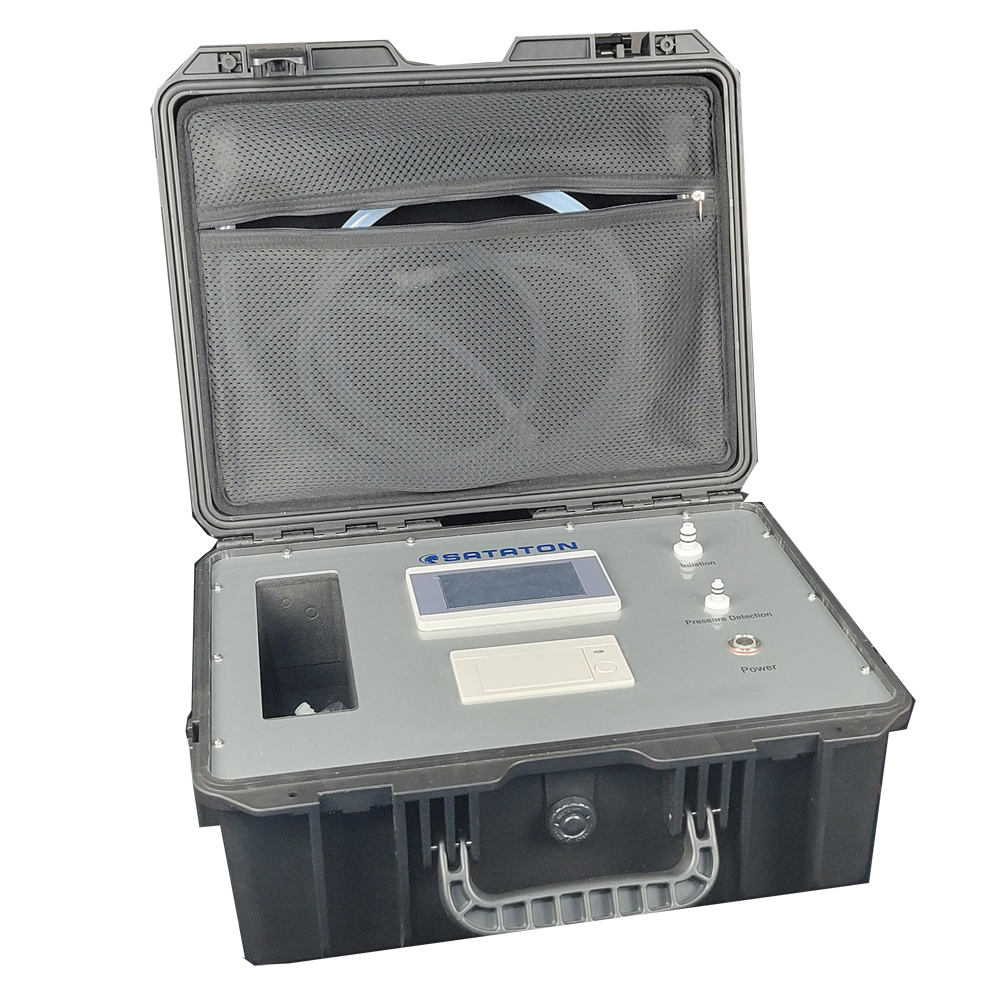


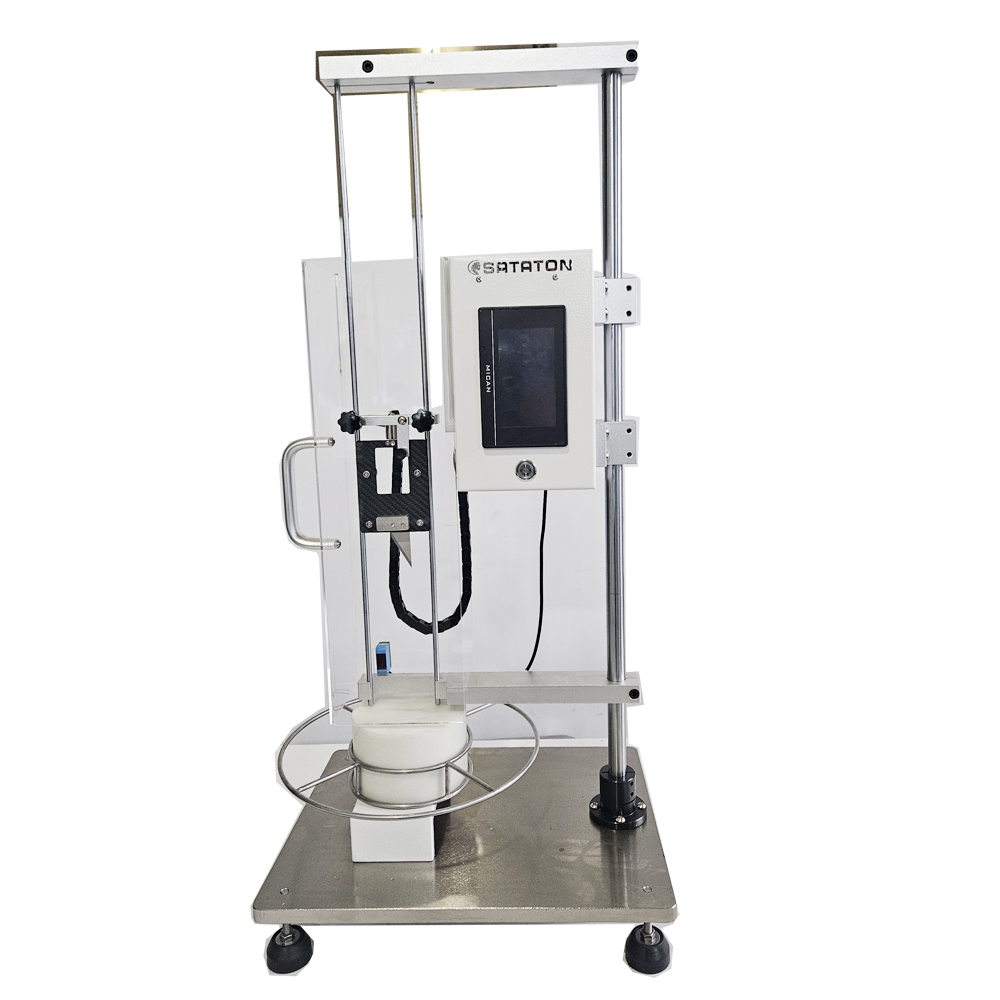
No Views.